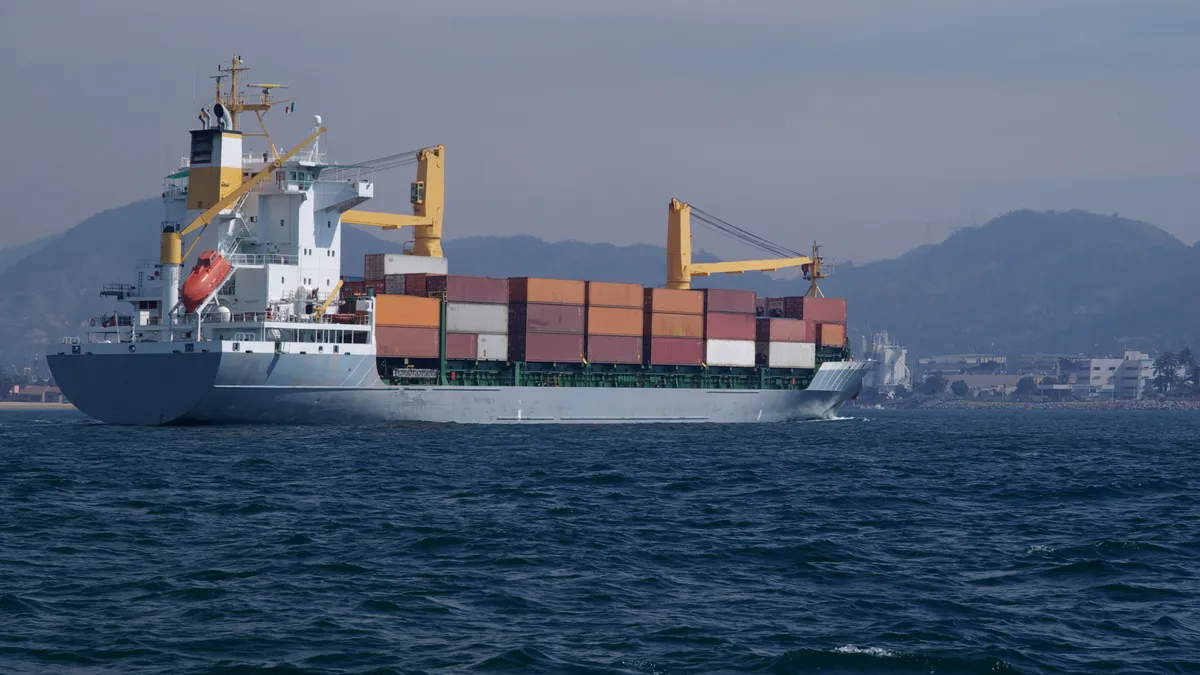Dive Brief:
- According to Drewry, a maritime shipping research and consulting firm, demand "growth prospects in the Transpacific are significantly weaker than they were a few weeks ago. Carriers will be debating whether to draw back on capacity needs as we speak."
- Ocean carriers benefited from rush shipping rates as manufacturers and retailers front loaded orders to hedge against the 10% tariff levels in 2018. However, the significantly higher and broader 25% tariffs are expected to neutralize and possibly reduce demand growth for these same goods going forward, with no end currently in sight.
- Drewry's analysis suggests that as "exporting directly from China becomes uncomfortably expensive for the US importer, [carriers] may consider re-routing products through Taiwan, Vietnam or some other place where final assembly could take place." That said, China's extensive manufacturing infrastructure will be difficult to replicate in other southeast asian countries, resulting in time and resource sacrifices upfront.
Dive Insight:
The 25% tariffs could reduce TEUs by as much as 15% from China to the U.S. alone if approved, according to Drewry's independent analysis. For this reason, carriers have the daunting task of adjusting their fleet capacity to account for federal trade policies that can shift any moment via tweet. The excess capacity that allowed them to benefit from the rush to beat the 2018 tariffs could now become dead weight if demand slows as much as expected.
"In a 1Q19 conference call, Maersk Line CEO Soren Skou said that his company foresees the new tariffs dragging global container growth down by as much as one percentage point," a report on Drewry's website states.
Higher tariffs, rising fuel costs, fleets being required to scrap older ships to comply with environmental regulations, and other factors have meant that carriers could struggle to break even in the coming years, passing additional costs on to manufacturers and their supply chains. Many ocean carriers, including Maersk, have floated the possibility of reducing the number of ships on transpacific routes in a bid to save costs and increase per ship freight volumes. While such strategies could help preserve carriers' bottom-line, the delays and reduced trade overall are expected to negatively impact the rest of the supply chain and, eventually, American consumers.
The office of the U.S. Trade Representative is holding an open comment period for businesses to testify for or against the expanded list and overall tariff increase in mid-June. The proposed list's extensive nature all but ensures that carriers and containerized goods will be heavily impacted by the change, as they include key Chinese exports such as apparel, food and agricultural products, machinery and electronic components and consumer goods. Whether or not the tariffs will be approved as-is remains to be seen. In the meantime, firms are preparing for the worst.













